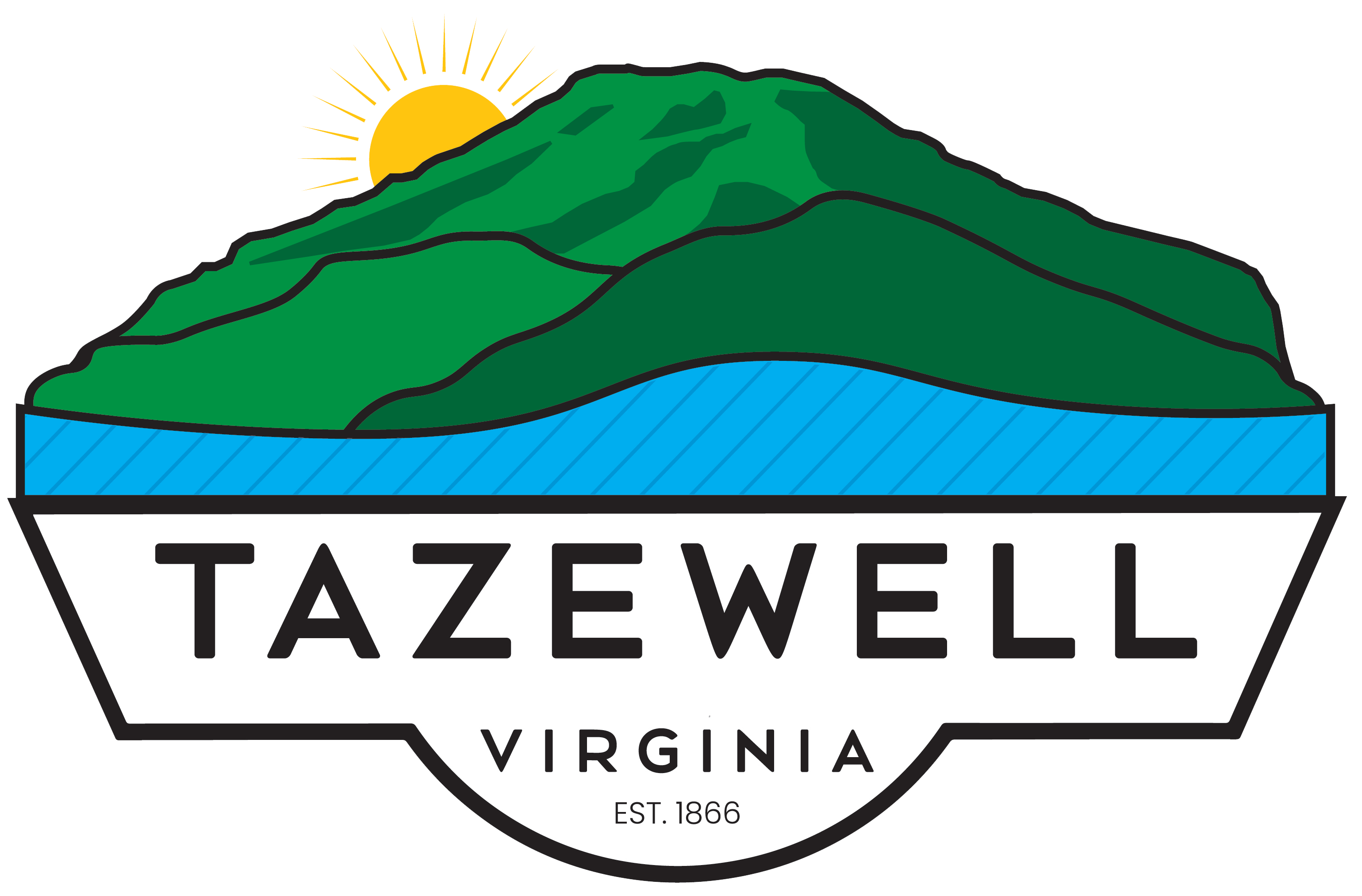IMPORTANT INFORMATION ABOUT LEAD IN YOUR DRINKING WATER
The Town of Tazewell found elevated levels of lead in drinking water in some homes/buildings. Lead can cause serious health problems, especially for pregnant women and young children. Please read this information closely to see what you can do to reduce lead in your drinking water.
Health Effects of Lead
Lead can cause serious health problems if too much enters your body from drinking water or other sources. It can cause damage to the brain and kidneys, and can interfere with the production of red blood cells that carry oxygen to all parts of your body. The greatest risk of lead exposure is to infants, young children, and pregnant women. Scientists have linked the effects of lead on the brain with lowered IQ in children. Adults with kidney problems and high blood pressure can be affected by low levels of lead more than healthy adults. Lead is stored in the bones and it can be released later in life. During pregnancy, the child receives lead from the mother’s bones. which may affect brain development.
Sources of Lead
Lead is a common metal found in the environment that has been in many consumer products but is now known to be harmful to human health if ingested or inhaled. Drinking water is one possible source of lead exposure. The main sources of lead exposure are lead-based paint and lead contaminated dust or soil, and some plumbing materials. In addition, lead can be found in certain types of pottery, pewter, brass fixtures, food, and cosmetics. Other sources include exposure in the work place and exposure from certain hobbies (lead can be carried on clothing or shoes). Wash your children’s hands and toys often as they can come into contact with dirt and dust containing lead. Lead is rarely found in natural sources of water such as rivers, lakes, wells or springs.
New brass faucets, fittings, and valves, including those advertised as “lead-free,” may contribute lead to drinking water. The Safe Drinking Water Act defines “lead free” as no more than 0.2 percent lead when used with respect to solder and flux; and no more than 0.25 percent for pipes, pipe fittings, plumbing fittings, and fixtures based on a weighted average of the wetted surfaces. Consumers should be aware of this when choosing fixtures and take appropriate precautions.
Tazewell does not have any lead in its source water or water mains in the street. When water is in contact with pipes (or service lines) or plumbing that contains lead for several hours, the lead may enter drinking water. Homes built before 1986 are more likely to have plumbing containing lead. New homes may also have lead; even “lead-free” plumbing may contain some lead.
EPA estimates that 10 to 20 percent of a person’s potential exposure to lead may come from drinking water. Infants who consume mostly formula mixed with lead-containing water can receive 40 to 60 percent of their exposure to lead from drinking water.
The Town purchases your drinking water from the Tazewell County PSA. The PSA is installing treatment facilities at the Greater Tazewell Water Treatment Plant that are scheduled to start operation on February 15, 2019. The new treatment capability will inhibit leaching of lead from plumbing fixtures. We will be testing the water to verify the success of the treatment system.
Steps You Can Take To Reduce Your Exposure to Lead in Your Water
Lead may work its way into drinking water after the water entered the distribution system and is on its way to consumers taps. This usually happens through the corrosion of materials containing lead in household plumbing. These materials include brass faucets, lead solder on copper pipes, lead pipes, or lead service lines connecting the water main to the inside plumbing. Lead pipes are no longer installed for service lines or in household plumbing and lead solder has been outlawed in Virginia since 1985. If you live in a building in which the inside plumbing contains lead-based materials, there are several steps you can take to reduce your exposure to lead in drinking water.
1. Run your water for 30 seconds to 2 minutes to flush out lead. If water hasn’t been used for several hours, allow the water to run at the tap for 30 seconds to 2 minutes before using it for drinking or cooking. This action flushes the lead-containing water from the pipes. The water you run from drinking water taps does not have to be wasted. You can use this water for cleaning purposes or for watering plants. You may want to keep a container of drinking water in your refrigerator, so you don’t have to run water every time you need it.
2. Use water from the cold water tap for cooking and preparing baby formula. Do not cook with or drink water from the hot water tap; lead dissolves more easily in hot water. Do not use water from the hot water tap to make baby formula.
3. Do not boil water to remove lead. Boiling does not reduce or remove lead.
4. Consider installing a filter. You may want to consider installing a water filter. Ensure that the filter is approved to reduce lead or contact the National Sanitation Foundation at 800-NSF-8010 or www.nsf.org for information on performance standards for these types of water filters. If you choose to install a lead removal filter, be sure to maintain and replace the filter in accordance with the manufacturer’s instructions to protect water quality.
5. Get your child tested. Contact your local health department or healthcare provider to find out how you can get your child’s blood tested for lead if you are concerned about exposure.
6. Identify and replace any plumbing fixtures that contain lead. Brass faucets, fittings, and valves manufactured before January 4, 2014, may contribute lead to drinking water, including those advertised as “lead-free.” Under current law, “lead free” means no more than 0.2% lead in solder and flux, and 0.25% lead for pipe, pipe fittings, and components. Visit the National Sanitation Foundation Web site at www.nsf.org to learn more about lead-containing plumbing fixtures.
7. Test your Water for Lead. Call us at (276)988-2501 to find out how to get your water tested for lead.
For more information on reducing lead exposure around your home/building and the health effects of lead, visit EPA’s Website at www.epa.gov/lead contact your healthcare provider, or your County/City Local Health Department.
This notice is brought to you by the Town of Tazewell. State Water System ID# 1185761 Date 2/11/2019









